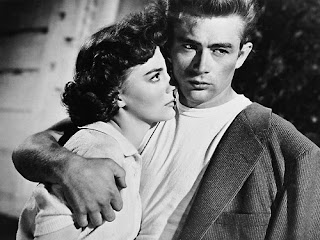"Audrey was meek, gentle and ethereal, understated both in her life and in her work. She walked among us with a light pace, as if she didn't want to be noticed. I regret losing her as a friend, as a role model, and as a companion to my youthful dreams"
-Sophia Loren
Arguably the most beautiful woman in the world, both inside and out, Audrey Hepburn has left her mark on film, fashion and charity. Her grace, kindness and compassion were evident from her first major role, who else could have played a runaway Princess with such believability?
The iconic little black dress, pearls, beehive and ballet flats have all become synonymous with Audrey Hepburn, but behind this fashionable facade was a woman who deeply cared about those around her, who was insecure and shy but had a brilliant sense of humour and became a champion of justice for those in need.
Audrey Kathleen Ruston was born in Holland and as a child was forced to endure the hardships of the Second World War. Despite living with starvation, illness and fear, Audrey never gave up on her dream of becoming a ballerina. After the war she went to ballet school, however her height and lack of training during her formative years saw the end of her dream. She took up acting instead, and after success in the stage production of
Gigi, was cast in the 1953 film
Roman Holiday. Audrey won an oscar for her role as Princess Ann. A series of Cinderella type roles followed, but Audrey challenged herself with roles in
The Nuns Story, Green Mansions, The Children's Hour, Two for the Road and
Wait Until Dark. Her most famous role came in 1961,
Breakfast at Tiffany's, it cemented Audrey's fashion legacy. Despite film success Audrey's greatest joy was being a mother, this love of children led to her becoming a UNICEF ambassador and she travelled the world, becoming a voice for underprivileged children. Audrey passed away at the age of sixty three from cancer at her beloved home in Switzerland.
Audrey's acting talent is often overlooked but she played many challenging roles throughout her career which proved her versatility as an actress, a Princess, Nun, party girl and blind woman were just some of the roles she played. She changed the face of cinema forever, but also changed the way the world viewed beauty. Her greatest legacy however was in the work she did for children, it took her all over the world and despite the horrors she saw she never lost hope. Audrey was a special lady in more ways than one.
"Life is like tearing through a museum. Not until later do you really start absorbing what you saw, thinking about it, looking it up in a book, and remembering- because you can't take it all in at once"
-Audrey Hepburn




















